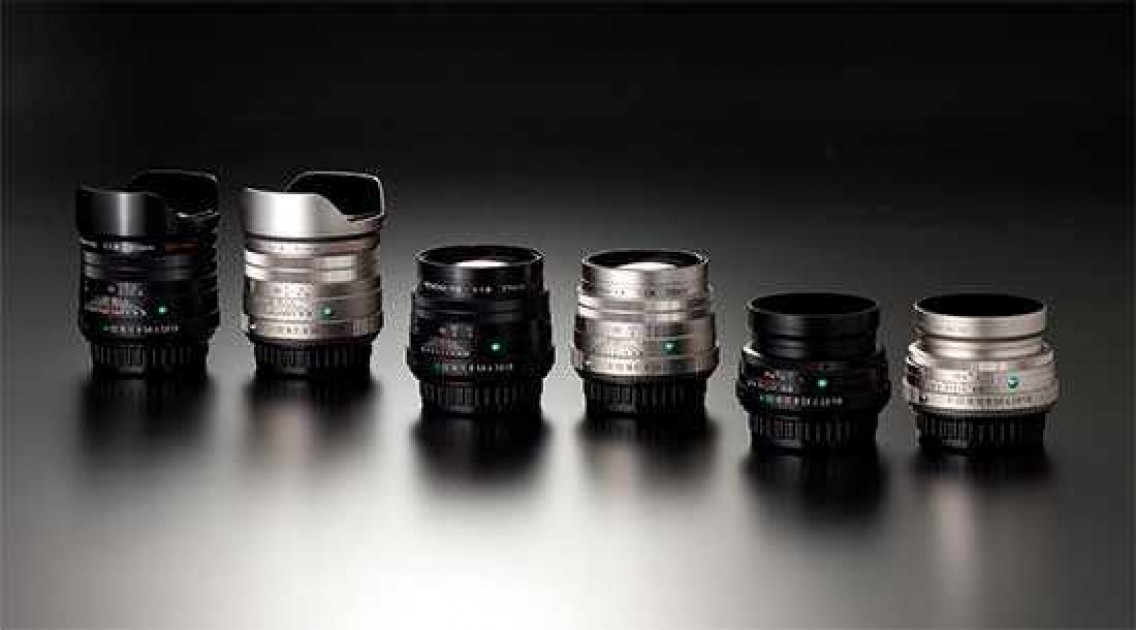Introduction
The Panasonic Lumix 70-300mm F4.5-5.6 MACRO O.I.S. is the first 70-300mm telephoto zoom lens for Panasonic’s 35mm full-frame mirrorless camera system.
Panasonic are a member of the L-Mount alliance, so this lens can also be used on other cameras from fellow partners Leica and Sigma which also use the L-Mount, such as the Leica SL-2 or the Sigma FP.
The lens is constructed of 17 elements in 11 groups, including 2 ED lenses, 1 UED lens and 1 UHR lens. The design promises minimal chromatic aberration and distortion. It boasts a rounded aperture with an 11-bladed iris diaphragm.
Featuring optical image stabilisation, when used in conjunction with the camera body’s built-in image stabilisation you can get up to 5.5 stops of exposure compensation when using this lens.
It has a minimum focusing distance of 0.54m and a maximum magnification of 0.5x for half-size macro capabilities.
Designed for use outdoors, the rugged design is dust- and splash- resistant and can be used in temperatures as low as -10 degrees. There is also a fluorine coating on the front element repels water and oil.
The Panasonic Lumix 70-300mm F4.5-5.6 MACRO O.I.S. is priced at £1,259.99 in the UK and $1,247.99 in the US.
Ease of Use
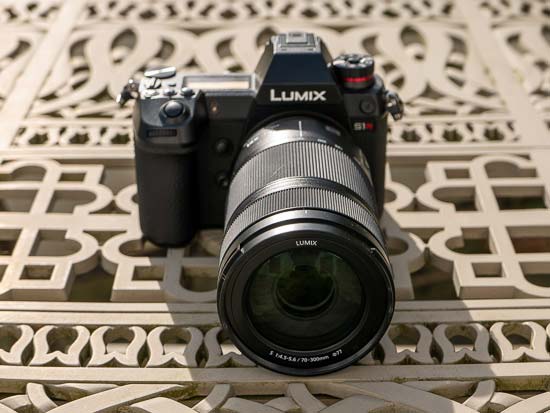
Weighing in at 790g / 1.75lb and measuring 148.0mm / 5.83inch in length, the Panasonic Lumix 70-300mm F4.5-5.6 MACRO O.I.S. is by no means a light or particuarly compact lens, but it does pair quite well with a larger camera body like the Lumix S1R that we tested it with and isn’t too badly balanced.
A negative is that the lens extends ever further as you zoom from 70mm to 300mm, where it measures another 60mm in length, reaching 208mm in total. The extending barrel design also makes it less helpful for using with filters (the filter thread size is 77mm).
Using a fairly simple design, the lens features two rings – a large zoom ring which is ridged can be used to adjust the focal length. The lens has markers for 70, 100, 135, 200 and 300mm to help you quickly judge without having to look through the viewfinder or at the screen the focal length.
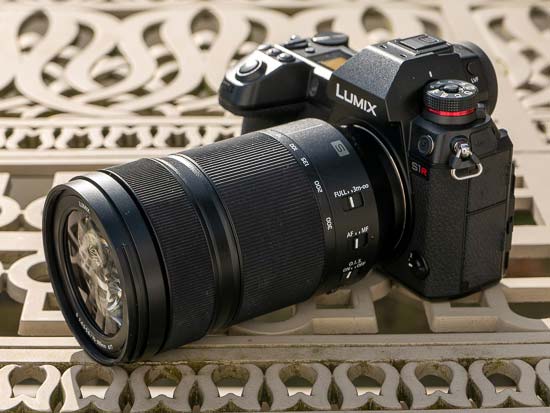

If you want to zoom from one end to the other of the range, it’s a quick 90° rotation – that’s the same as most of the L-Mount lenses.
The zoom ring is beautifully dampened, providing smooth zoom motions. By default the focal length is displayed on screen while any changes are made, plus it’s easy to make precise changes to the nearest 1mm.
The second ring, found towards the front elements of the lens, is used for manual focusing. Unlike the more expensive Lumix S Pro 70-200mm F2.8 and F4 lenses, this lens doesn’t use a focus clutch, where if you pull the ring backwards towards the camera body, you’ll see focusing distance markers which you can use to assist you with manual focusing.
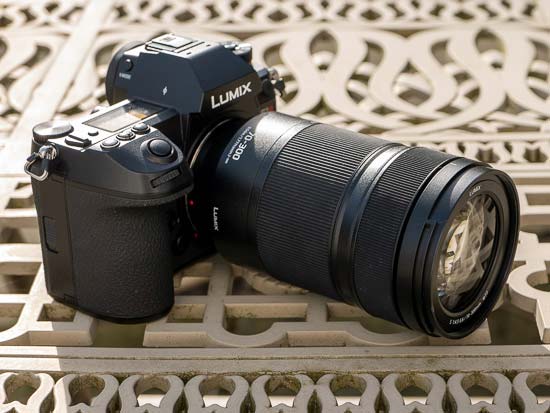
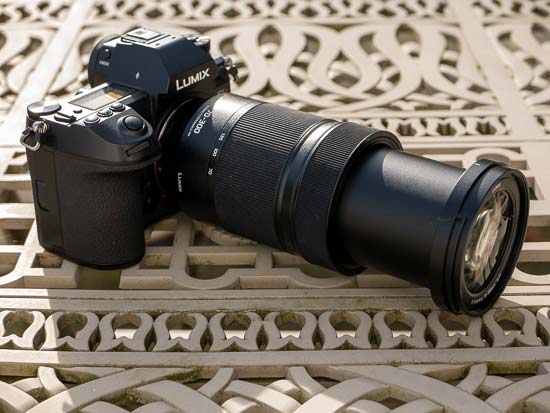
Also unlike those lenses, the manual focusing ring doesn’t feature hard stops at either end to help you quickly establish whether you’ve reached the minimum or maximum focusing distance just by feel alone.
Auto-focusing is quick, quiet and accurate with the Panasonic Lumix 70-300mm F4.5-5.6 MACRO O.I.S. lens mounted on the S1R camera thanks to the 480fps high-speed sensor drive.
It’s so quiet that it’s ideal for use in discreet situations, as well as for use during video work. This would be an appealing lens for keeping your distance while shooting weddings and wildlife.
Like other Lumix S Series lenses, focus breathing is minimised so there’s minimal shift in focus during zooming.
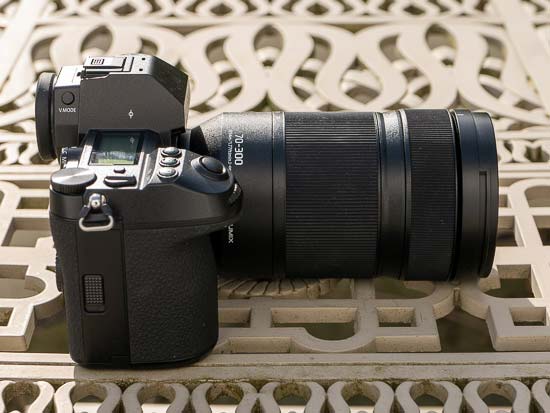
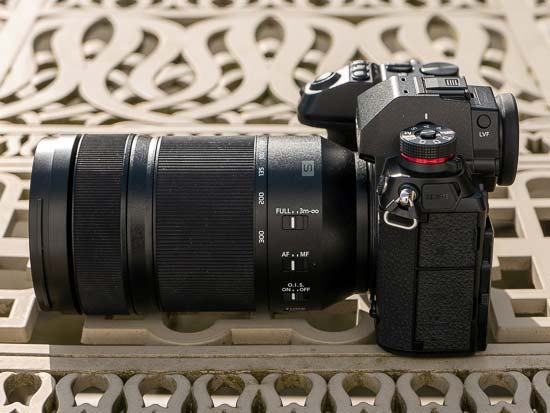
When used for video, the AF motor speed is geared in preference for smooth focus transition over quick snappy ones like in photography. We’ve said it in our other Panasonic lens tests, but autofocus transitions are buttery smooth, without dragging their heels.
This is the second lens in Panasonic’s range to feature an autofocus range limiter switch. You can set the lens to cover the full focus range from infinity to the minimum focus distance of 0.54m, or restrict it to any distance greater than 3m.
An auto focus range limiter comes in handy a lot. For example, you’ll avoid focus shifts from close up subjects to the background if you limit to the close range. Again, shooting through objects can throw AF, but if the distance is set to greater than 3m, the camera will ignore those foreground subjects.
If you are not used to a focus range limiter, it will take time to intuitively bring it in to your shooting methods (and indeed remember it’s active).
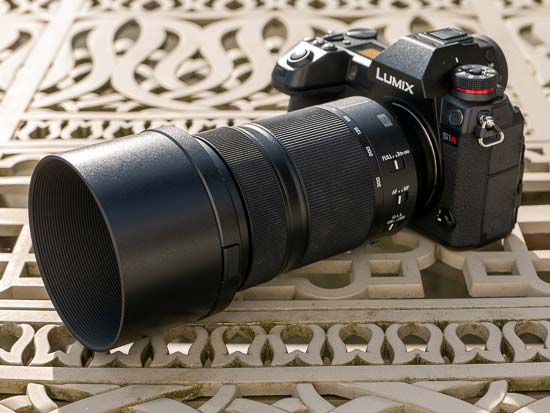
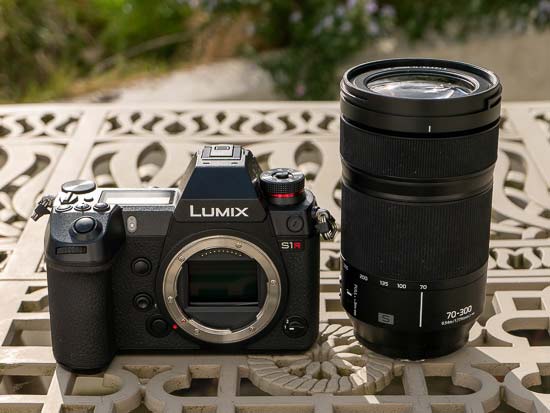
There’s a handy switch for quickly changing between the MF and AF focusing modes.
The third switch on the Panasonic Lumix 70-300mm F4.5-5.6 MACRO O.I.S. lens is for switching optical image stabilisation on or off. With it switched on you get up to 5.5 stops of exposure compensation, but you may want to switch it off when using your camera on a tripod.
The Lock switch can be used to prevent the lens from extending when it’s set to the shortest 70mm focal length, which is useful when transporting it.
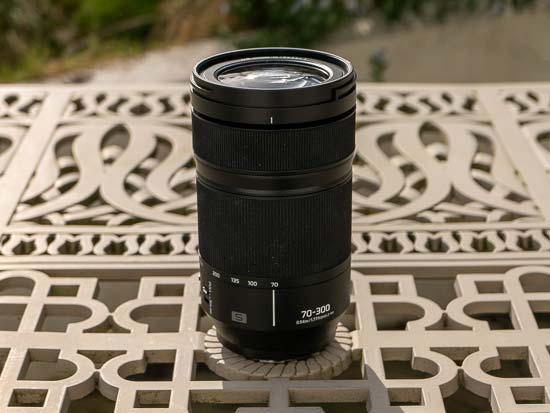

Unlike the Lumix S Pro 70-200mm F2.8 and F4, this lens does not have a removable tripod collar/foot or any tripod mounting point at all.
Included in the box is a circular plastic lens hood which you can attach to the front of the lens, using white lines to guide it correctly into place. It has a locking button which you have to press in to remove the hood.
You can also reverse the lens hood when you want to keep the overall size to a minimum for transportation. A soft protective case is also supplied with the lens.
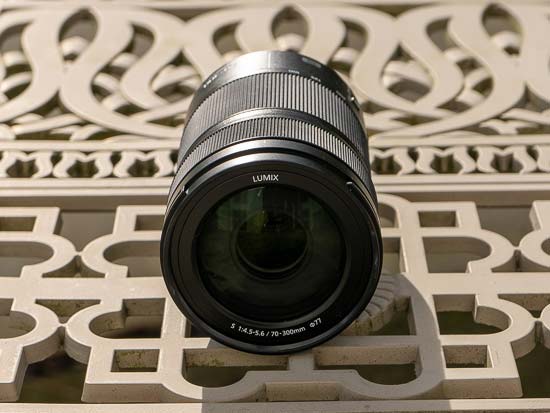
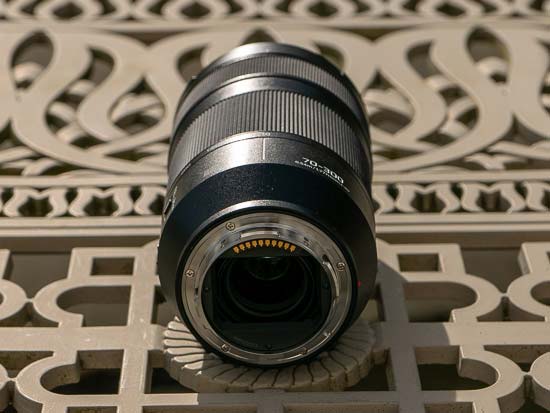
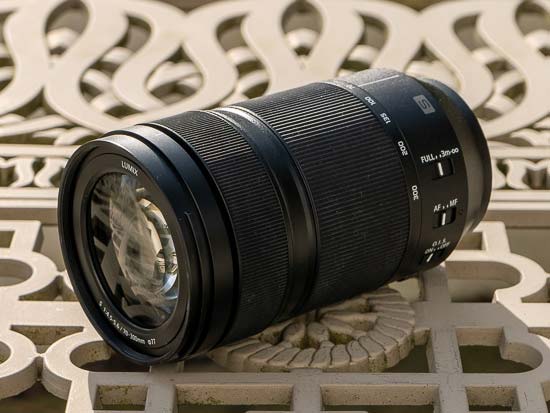
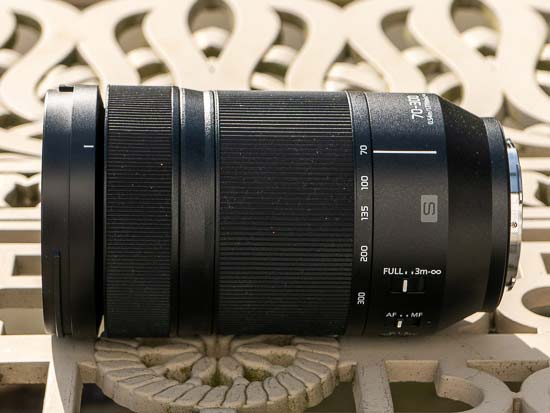
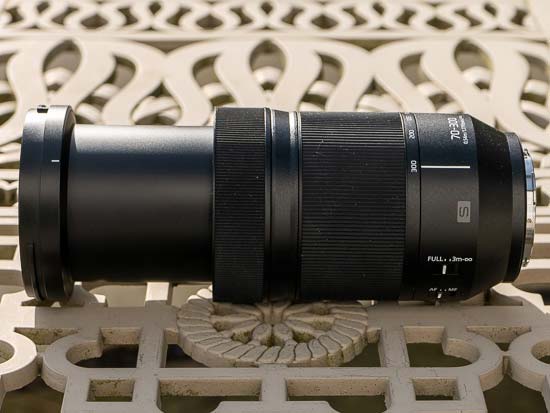
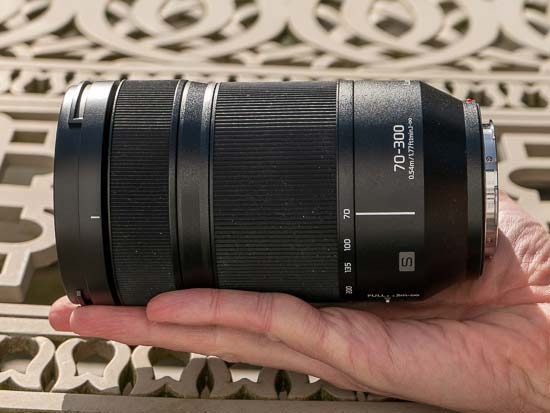
Focal Range
This is a lens which is designed for full-frame cameras only, which makes the 70-300mm focal length exactly what you get.
At the 70mm focal length the angle of view is 34 degrees.

70mm
At the 300mm focal length the angle of view is 8.3 degrees.

300mm
Chromatic Aberrations
Usually seen as purple or blue fringes along high-contrast edged in a photograph, chromatic aberration can be a problem for some lenses. With the Panasonic Lumix S 70-300mm F4.5-5.6 MACRO O.I.S. lens however it is extremely well-controlled, to the extent that it’s very difficult to find examples of any kind of fringing occurring at all.


Light Fall-off
When shooting at the maximum aperture, you can see some slight vignetting at 70mm. It’s not hugely noticeable when shooting normal subjects, but you can see it when photographing a white wall. The effect is more pronounced when shooting at 300mm. Throughout the focal lengths, the problem almost completely disappears when you close down the aperture to f/8.

70mm

300mm
Distortion
There is some very slight pincushion distortion at 300mm, but this effect is very well controlled and can be eliminated in editing software without any compromises on final image quality.

70mm

300mm
Sunstars
The Panasonic RF 70-300mm F4L is capable of producing quite nice sunstars when stopped-down to f/22.
Flare is very well controlled even when shooting directly into the sun, both with and without the lens hood that is supplied in the box.



Macro
The Panasonic Lumix S 70-300mm F4.5-5.6 MACRO O.I.S. is a useful macro lens, with a close-focus point of 0.54m/1.77ft at the 70mm focal length and 0.74m/2.43ft at the 300mm focal length and a maximum reproduction ratio of 0.5x at 300mm.
The following examples illustrate how close you can get to the subject at 70mm and 300mm.

70mm

300mm

70mm

300mm

300mm

70mm
Bokeh
Bokeh is a word used for the out-of-focus areas of a photograph, and is usually described in qualitative terms, such as smooth / creamy / harsh etc.
One of the reasons to buy a fast lens is to be able to isolate the subject from the background, and the Panasonic Lumix S 70-300mm F4.5-5.6 MACRO O.I.S. has an iris diaphragm with 11 rounded blades for a pleasing rendering of the out-of-focus highlights.
Below you’ll find some examples, but you are also encouraged to check out our sample images.








Sharpness
In order to show you how sharp the Panasonic Lumix S 70-300mm F4.5-5.6 MACRO O.I.S. lens is, we are providing 100% crops on the following pages.


